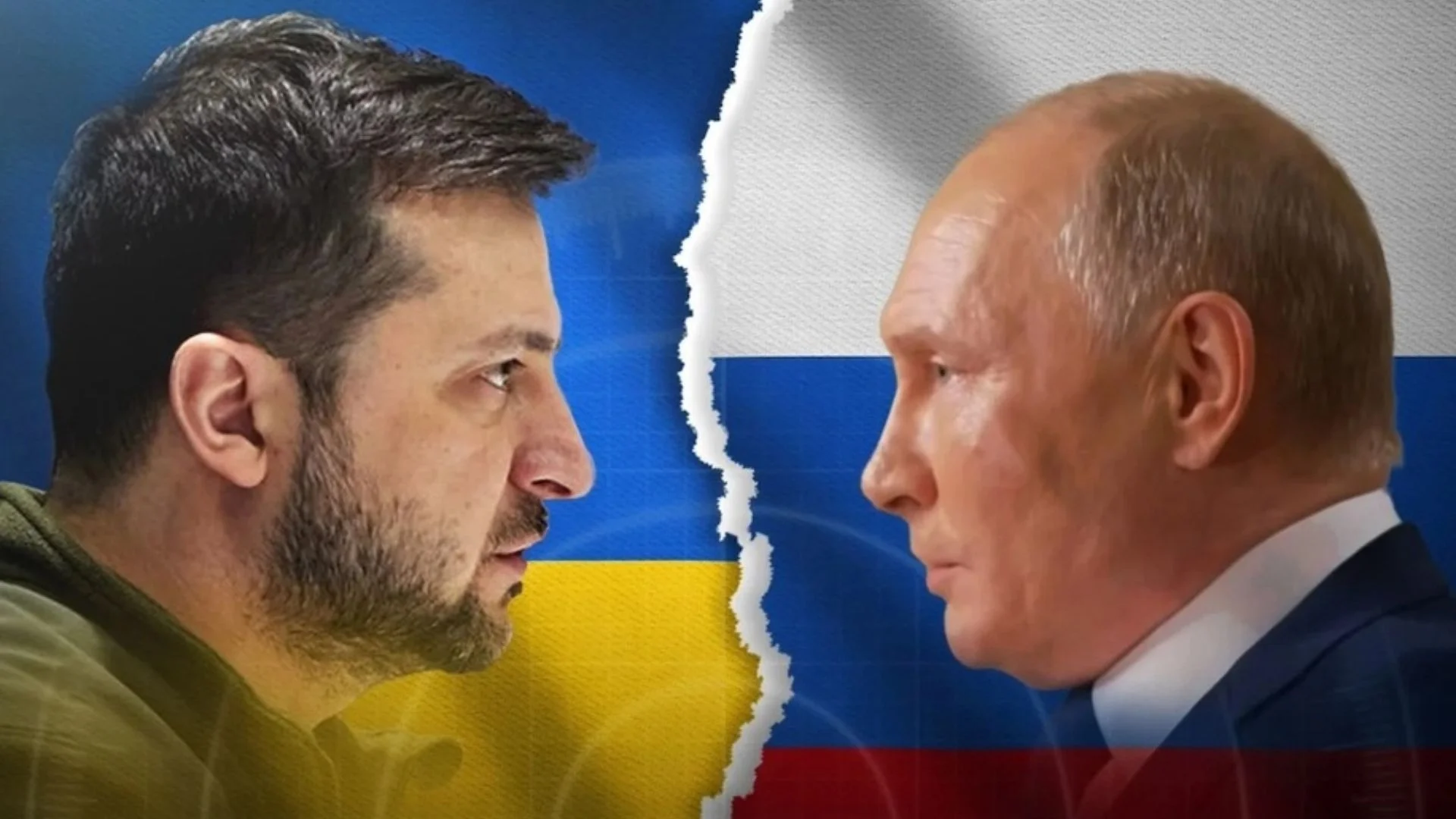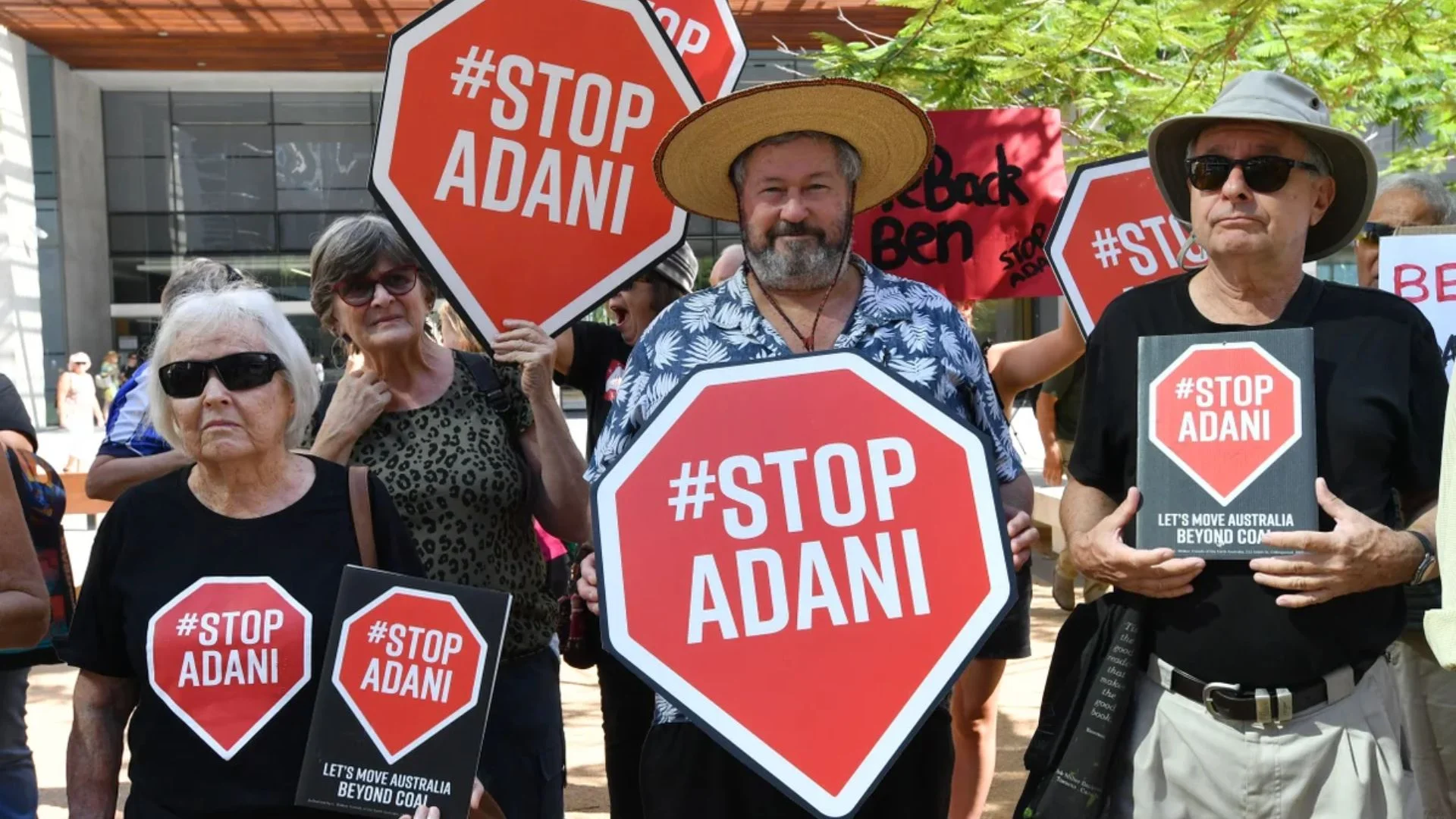
Nicholas Taleb described ‘Black Swan’ as an improbable event and random occurrence with extreme impact. ‘Grey Rhino’, on the other hand, as per Michele Wucker, is a highly probable event that may occur after a series of warnings and visible pieces of evidence with enormous impact. Originating from Wuhan, China, towards the end of 2019, coronavirus appeared as a ‘Black Swan’ creating havoc across the globe. In India it mutated into ‘Grey Rhino’, causing mayhem in the form of extreme disruption and destruction.
It was during March last year that Covid-19 virus cases began to surface in India. Initially, the daily infection rate was barely in hundreds in comparison to Western nations where the count was in five figures, despite the advanced health care system. Given modest medical infrastructure and India is being predicted to be a potential hot spot, the Central Government declared nationwide lockdown towards late March 2020 to obviate a catastrophe. PM Modi addressed the nation frequently to sensitise the citizens about the consequences of the deadly virus.
Starting with insufficient PPE kits, N-95 masks and testing facilities, the Indian medical fraternity led the charge against coronavirus, duly complemented by ‘Non-Profit Organisations’ corporates and the public at large. Despite severe hardships, migrants’ untold suffering and millions losing their livelihood, the nation reposed implicit faith in the PM-led campaign against the pandemic. By mid-February 2021, daily infections had dropped to around ten thousand after hitting the peak of nearly a lac. Corona appeared to be on the wane, given the assurances by the top leadership including the PM and Health Minister. The economy was showing signs of recovery and the business environment looked favourable, marked by a sense of optimism. Going by the indicators, apparently, the ‘Black Swan’ phase of the pandemic had been well handled.
BLACK SWAN TO GREY RHINO: SLEEP WALK TO THE EDGE
Now there was a window of opportunity for the Central and State administrations to get the house in order and prepare earnestly for the pandemic’s second surge, evident from the experience of US and Western nations. Even the forum of scientific experts had warned the officials against a more contagious variant of the Covid-19 virus taking hold of the country. Hence, making up shortages of critical medical equipment and ramping up supply chains ought to have been taken upon the highest priority. As mass immunisation offered the best option to defeat the second wave, India was in a far better position than even the advanced nations due to its vast potential to produce vaccine doses. However, due to the Government’s reluctance to fund the capacity building of vaccine manufacturing firms, the advantage could not be leveraged.
Ironically, complacency got better of prudence, faith trumped science and fixation with the election calendar threw all the Corona protocols to the wind. Assumptions like our young demographics and BCG vaccination provided us with special immunity against virus proved to be wishful speculations. Delusion of triumph against pandemic obfuscated all signs of impending disaster. The Covid-19 second wave did not turn into Tsunami overnight. The crisis had begun to loom large on the horizon towards the end of March. It appears India almost sleepwalked into the ‘Grey Rhino’ trap.
It was only around 10 April when the daily cases crossed 150,000 that the panic button was pressed. By the end of April, daily Corona infections had breached the four lac mark. The health infrastructure in many states has been overwhelmed. The role of government machinery leaves much to be desired. With the situation having spun out of control, the nation today finds itself on the edge, many left to their own fate. It›s mid-May, the total infection stands at twenty-five million with over a quarter-million deaths. The daily cases continue to hover around 3.5 lakh, with approximately 4,000 deaths.
INDIA FIGHTS BACK
While intense fire fighting actions are on, adhocism and past assumptions are inadequate to solve the existing cataclysm. The need of the hour is adaptive leadership and strategic clarity. The toughest challenge facing the authorities is to reconcile to the fact that grievous lapses led to the current dire straits. Persistent efforts of the administration to play down the crisis and cacophony of blame game are most disheartening. Instead, what is needed is the correct diagnostic of the problems areas and formulation of actionable strategies by the experts to mitigate the crisis situations. To this end, the constitution of 12 members National Task Force (NTF) by the Supreme Court marks a step in the right direction. For effective results, the NTF should be empowered to take decisions and government officials must ensure a speedy implementation mechanism.
Currently, the most critical issues are the availability of oxygen, ICU beds and life-saving medical equipment. As for oxygen, the cruciality is not its shortage per se but the logistics constraints of the supply chains. Although the situation is now being addressed on a war footing by employing strategic air and naval assets and augmenting internal capacities, it’s going to take some time before the situation eases out. Therefore, judicious utilisation and prioritising the distribution of resources can considerably alleviate the criticality. Installing in situ oxygen plants in major hospitals must be done on the highest priority. Setting up field hospitals facilities utilising the resources of the armed forces, central agencies like DRDO, ISRO, PSUs and industry has come as a great relief at a very crucial juncture.
During the calamities, the tendency of over-centralisation just cannot work, case in point initial blunder of virus testing restricted only to government labs. Delegation, deregulation and distribution of responsibility are the key essentials to handle unforeseen contingencies. In fact, the NGOs, local bodies, ‘resident welfare associations’ (RWAs) are already making yeoman contribution by setting up Covid beds and supplying life-saving equipment. I can personally vouch for it being part of some of these initiatives. Incidentally, in China, the ‘Residential Committees’ (Juzhu Weiyuan Hui) played a pivotal role in controlling the coronavirus. One of the serious shortcomings still is the lack of real-time information regarding the availability of beds and critical medicines. Here, well organised ‘Covid Care Centre’ in each major city/town can prove to be of immense value and bolster much needed public confidence.
It is most unfortunate that bureaucratic procedural norms continue to hamper the import of critical medical equipment and speedy distribution of foreign assistance material to the states. ‘Crisis Management Teams’ composed of logistics experts must be deployed at key nodal centres to handle this issue, as each minute the lives are being lost. During such abnormal times, the leaders in public life should be visible on the ground. Ironically, most appear to be missing in action. The political parties have substantial resources at their disposal. Instead of indulging in petty squabbles, it is a great opportunity for these organisations to contribute in the hour of crisis by throwing open their facilities for the good of the fellow countrymen.
There is a need for a clear overall strategy. The topmost priority ought to be in saving precious lives and bringing down the infections rate. Besides lockdowns, strict adherence to regulations pertaining to public behaviour, prioritising allocations of resources and capacity building merit immediate attention. The medical supply chains need to be reconfigured and the expertise of multinationals like Amazon and Flipkart could be ideally exploited. Measures must be put in place in anticipation of the third wave in view of the new variant of virus and vulnerability of the under18 population. A long term strategy is needed to fix the public health system which is currently in shambles.
The vaccination programme has to move in tandem as it is the best defence against future waves. The strength of pharmaceutical companies should be leveraged to boost the production of vaccines, alongside seeking immediate IPR waiver. The current pace of daily vaccination which is barely 2 million needs to be accelerated significantly. Pricing must be standardised and Central Government should compensate the Pharma companies for subsidising the vaccines. For those ‘below the poverty line’ vaccination must be free.
As a nation, we have tremendous resilience to bounce back during adverse situations but have a poor record in anticipating these. We tend to believe in fait accompli, ignoring the science, besides avoiding introspection of lapses, thus missing out on valuable lessons. Even our strategic community is more at ease with hindsight wisdom than prognostics. History tells us, ‘If you don’t learn from history, you are bound to suffer it.’
India will win the fight against the pandemic, primarily due fortitude and forbearance of ordinary citizens- the real Victors. Nonetheless, the leadership of the day owes to the countrymen a solemn commitment; “never again will India fall victim to ‘Black Swan’ or ‘Grey Rhino’ phenomenon”.
The author is a war Veteran, former Assistant Chief Strategic; Currently Professor Geo Strategy & Management Studies, Distinguished Fellow at United Institution of India.















